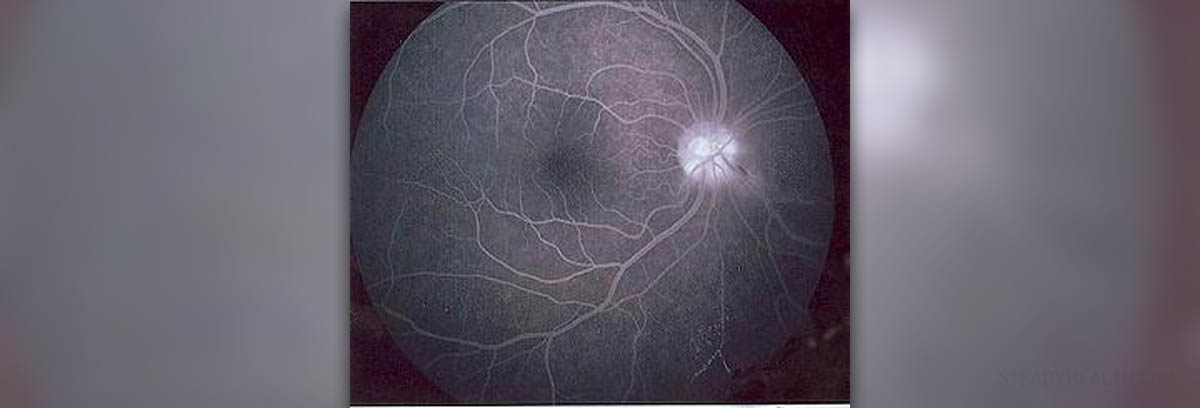
Fluorescein angiography is a diagnostic eye exam which investigates the conditions affecting blood vessels/blood flow of the retina and choroid. These two layers at the back of the eye are examined by a special dye and a camera.
Fluorescein Angiography - the Very Exam
The first thing a doctor does is administer eye drops which will dilate pupils and make examination of the desirable structures much easier. Patient's chin is placed on the camera's chin rest and his/her forehead supported by a bar. The head should be completely immobilized during the exam. After initial preparation, the doctor takes pictures of the inside of the eye (the retina). What follows in injecting a dye (fluorescein) into a vein. The dye will eventually reach blood vessels in the back of the eye and when this occur, the doctor will take another set of pictures.
Fluorescein Angiography - Hot to Prepare for the Exam?
The person must come with a friend or a family member who will drive him/her home after the exam is done. The vision is blurry after the procedure and tends to remain blurry for approximately 12 hours. Prior to testing some patients may be asked to stop taking drugs they are currently prescribed because these may interfere with the results of the test. Patients with allergies, especially those allergic to iodine are due to report their allergy prior to the test. Pregnancy must be reported as well. Finally, before the exam patients remove their contact lenses and are obliged to sign an informed consent form.The Purpose of Fluorescein Angiography
Fluorescein angiography is performed to assess blood flow through blood vessels in the retina and choroid. It can also successfully diagnose certain conditions as well as determine the efficacy of prescribed treatments.
Results
The blood vessels may be of normal appearance and without any disturbance in flow or additional blockage or leakage.
On the other hand, abnormal results are those with blockage or leakage. Fluorescein angiography basically shows abnormal results in cases of circulatory problems of the retina and choroid, tumors, diabetic and other types of retinopathy, high blood pressure, inflammation, edema, macular degeneration, swelling of the optic disc etc. This method is also a very powerful means of diagnosing retinal detachment, retinal vessel occlusion and retinitis pigmentosa.
Fluorescein Angiography - Risks
There is chance of infection at the site of dye injection. Patients may also develop a hypersensitive reaction to the dye in a form of dizziness/fainting, dry mouth or increased salvation, hives, increased hearts rate, metallic taste in mouth, and nausea and vomiting. Patients rarely develop more serious allergic reactions.







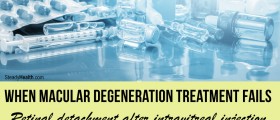



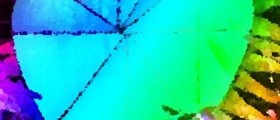
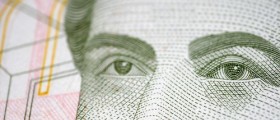
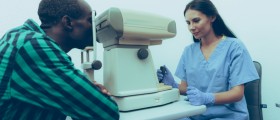
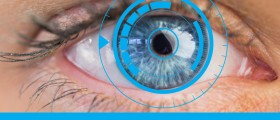
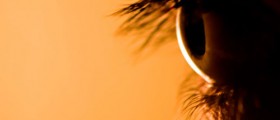
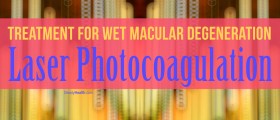
Your thoughts on this
Loading...